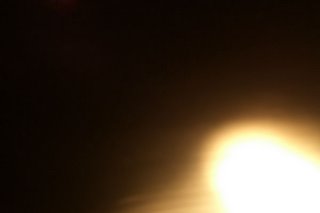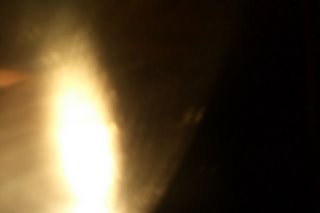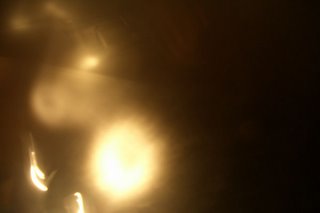DATA PROJECT
This project tackled the idea of representing a data set using unconventional materials. I felt this was a great opportunity to explore some thesis-related interests. First and most inherent to my thesis thinking; working with an unexpected visual style for a piece of content. Second, I wanted to play with an unfamiliar visual language that incorporated movement. Kinetic typography has been a long-held area of fascination, but I now liked the idea of using light as a means of tempo - a way of creating and controlling rhythm/pace in a visual sequence.
I also wanted my data set imbued with a sense of contrast. I logged when I received phone calls from Australia. I began to think about the complete lack of personality or resonance in this data set alone – times and names listed on a page. Beneath this log was a deep and real emotional context - a sense of homesickness, yearning, loss, absence, remembering and forgetting. I began to really like the idea of a cold and sterile set of times working as a sort of presentable face to a far more human and uncontrollable emotional currency. Could I use a language of light to communicate this friction between the two aspects to this story?
These are my original studies of light. I was mainly concerned with exploring the visual qualities of light – particularly the difference between using a still camera to capture a moving light, as opposed to a moving camera capturing a still light. Gradually I built up a vocabulary with its own nuances and tonal variations that might be usable in a larger narrative.











This project tackled the idea of representing a data set using unconventional materials. I felt this was a great opportunity to explore some thesis-related interests. First and most inherent to my thesis thinking; working with an unexpected visual style for a piece of content. Second, I wanted to play with an unfamiliar visual language that incorporated movement. Kinetic typography has been a long-held area of fascination, but I now liked the idea of using light as a means of tempo - a way of creating and controlling rhythm/pace in a visual sequence.
I also wanted my data set imbued with a sense of contrast. I logged when I received phone calls from Australia. I began to think about the complete lack of personality or resonance in this data set alone – times and names listed on a page. Beneath this log was a deep and real emotional context - a sense of homesickness, yearning, loss, absence, remembering and forgetting. I began to really like the idea of a cold and sterile set of times working as a sort of presentable face to a far more human and uncontrollable emotional currency. Could I use a language of light to communicate this friction between the two aspects to this story?
These are my original studies of light. I was mainly concerned with exploring the visual qualities of light – particularly the difference between using a still camera to capture a moving light, as opposed to a moving camera capturing a still light. Gradually I built up a vocabulary with its own nuances and tonal variations that might be usable in a larger narrative.











0 Comments:
Post a Comment<< Home